-
 Bitcoin
Bitcoin $88,561.6557
-3.64% -
 Ethereum
Ethereum $2,480.3176
-0.94% -
 Tether USDt
Tether USDt $0.9988
-0.10% -
 XRP
XRP $2.2852
0.08% -
 BNB
BNB $622.8494
1.93% -
 Solana
Solana $142.1258
1.17% -
 USDC
USDC $1.0000
0.01% -
 Dogecoin
Dogecoin $0.2100
-0.76% -
 Cardano
Cardano $0.6828
-0.45% -
 TRON
TRON $0.2284
-5.44% -
 Chainlink
Chainlink $15.2761
0.83% -
 Sui
Sui $2.9978
5.55% -
 Avalanche
Avalanche $21.9849
0.57% -
 Stellar
Stellar $0.2923
-1.91% -
 Litecoin
Litecoin $117.9873
3.55% -
 Toncoin
Toncoin $3.5665
2.79% -
 Shiba Inu
Shiba Inu $0.0...01423
2.82% -
 UNUS SED LEO
UNUS SED LEO $9.0429
1.88% -
 Hedera
Hedera $0.1958
0.94% -
 MANTRA
MANTRA $7.6513
-3.72% -
 Polkadot
Polkadot $4.7182
7.28% -
 Hyperliquid
Hyperliquid $20.6894
9.48% -
 Ethena USDe
Ethena USDe $0.9989
-0.11% -
 Bitcoin Cash
Bitcoin Cash $295.0920
0.61% -
 Dai
Dai $0.9996
-0.03% -
 Bitget Token
Bitget Token $4.3417
-6.35% -
 Uniswap
Uniswap $8.3154
5.49% -
 Monero
Monero $219.7984
-3.89% -
 NEAR Protocol
NEAR Protocol $3.0230
-0.16% -
 Pepe
Pepe $0.0...08274
4.32%
What is the blockchain technology of Orderly Network (ORDER) coin?
The distributed ledger technology at the core of Orderly Network (ORDER) provides a decentralized, tamper-proof, and transparent digital ledger for efficient data management.
Jan 01, 2025 at 03:38 am
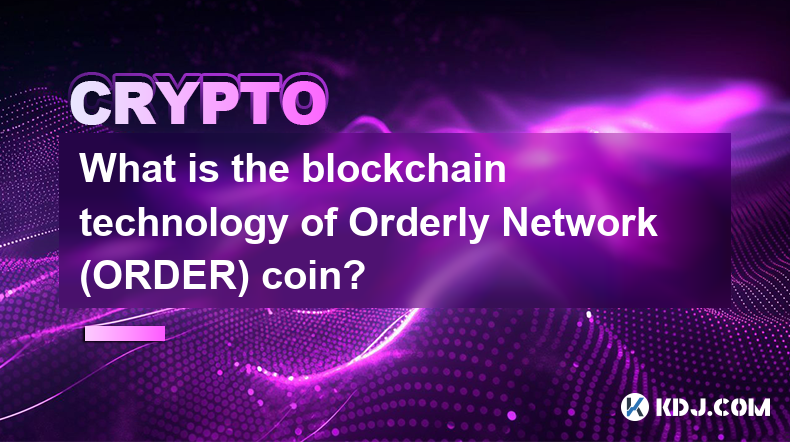
Key Points
- Understanding the Distributed Ledger Technology (DLT) Foundation of Orderly Network (ORDER)
- Exploring the Components of the ORDER DLT
- Examining the Consensus Mechanism and Tokenomics of ORDER
- Analyzing the Purpose and Applications of ORDER
- Investigating the Advantages and Limitations of ORDER's Blockchain Technology
- Comparing ORDER's Technology with Alternative DLT Platforms
- Additional Information and Resources on ORDER's Blockchain
Understanding the Distributed Ledger Technology (DLT) Foundation of Orderly Network (ORDER)
Orderly Network (ORDER) is underpinned by distributed ledger technology (DLT), a revolutionary paradigm shift in data management and transaction processing. DLT creates a decentralized, immutable, and transparent digital ledger shared across a network of computers. Each node maintains a complete copy of the ledger, ensuring data integrity and eliminating single points of failure. This distributed architecture provides several prominent benefits:
- Decentralization: Data is not stored centrally, making it immune to censorship, manipulation, or malicious attacks.
- Immutability: Once a transaction is recorded on the ledger, it becomes irreversible, preventing unauthorized alterations or data tampering.
- Transparency: All transactions are visible to all network participants, promoting accountability, traceability, and trust.
Exploring the Components of the ORDER DLT
The ORDER DLT comprises several interoperable components that orchestrate its functionality:
- Nodes: Individual computers or servers that maintain a full copy of the ledger and participate in consensus and transaction validation.
- Consensus Mechanism: A decentralized algorithm that ensures all nodes agree on the validity of transactions and the current state of the ledger. ORDER employs a Practical Byzantine Fault Tolerance (PBFT) consensus, known for its efficiency and fault tolerance.
- Smart Contracts: Autonomous programs that execute predefined agreements when certain conditions are met, automating complex processes and enhancing trust.
- Tokenomics: The economic model that governs the creation, distribution, and use of the ORDER token, which serves as a medium of exchange, payment for services, and governance.
Examining the Consensus Mechanism and Tokenomics of ORDER
The PBFT consensus mechanism plays a pivotal role in maintaining the integrity and reliability of the ORDER DLT. This consensus protocol ensures that all nodes reach agreement on the validity of transactions and the current state of the ledger. The PBFT algorithm is preferred due to its:
- High Transaction Throughput: Enables ORDER to process a significant number of transactions quickly and efficiently.
- Fault Tolerance: Can tolerate malicious behavior from a limited number of nodes, ensuring network stability and data integrity.
The ORDER tokenomics model incentivizes network participation and aligns stakeholder interests:
- Transaction Fees: Users pay transaction fees to cover the computational and storage costs associated with processing transactions on the network.
- Staking Rewards: Node operators who stake their ORDER tokens earn rewards for maintaining the network and validating transactions.
- Governance: Token holders can participate in decision-making and influence the future development of the ORDER ecosystem through proposals and voting.
Analyzing the Purpose and Applications of ORDER
The primary purpose of ORDER's blockchain technology is to provide a secure, transparent, and efficient platform for managing and processing data:
- Supply Chain Management: Enhancing supply chain visibility, tracking goods, and ensuring product authenticity.
- Digital Identity: Enabling secure and verifiable digital identities for online interactions and access to services.
- Financial Services: Automating financial transactions, reducing costs, and improving transparency.
- Healthcare: Securing patient data, facilitating data sharing among healthcare providers, and enabling new health
Disclaimer:info@kdj.com
The information provided is not trading advice. kdj.com does not assume any responsibility for any investments made based on the information provided in this article. Cryptocurrencies are highly volatile and it is highly recommended that you invest with caution after thorough research!
If you believe that the content used on this website infringes your copyright, please contact us immediately (info@kdj.com) and we will delete it promptly.
- BeerBear ($BEAR) Airdrop Promises to Turn Everyday Traders into Overnight Millionaires
- 2025-02-26 14:50:30
- The Collapse of Solana
- 2025-02-26 14:50:30
- The Crypto Market Is a Wild Beast, Always Shifting and Evolving
- 2025-02-26 14:50:30
- Meme Coins Are Back in the Spotlight, These 10 Projects Have the Viral Potential to Explode
- 2025-02-26 14:45:30
- Pi Network (PI) Price Prediction: Will It Hit $5 Before March 31?
- 2025-02-26 14:45:30
- Polkadot (DOT) ETF Filing by Grayscale Sparks Investor Hopes of Spot Market Debut
- 2025-02-26 14:45:30
Related knowledge
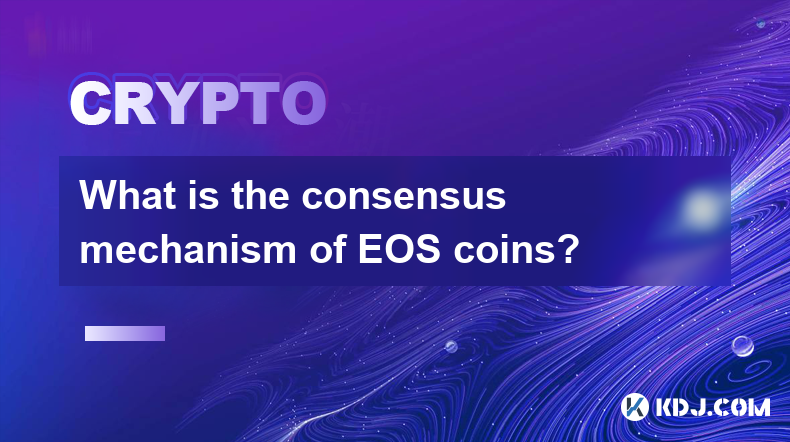
What is the consensus mechanism of EOS coins?
Feb 26,2025 at 11:19am
Key Points:EOSIO: The Foundation of EOS's Consensus MechanismDPOS: Delegated Proof-of-StakeBlock Producer ElectionsContinuous Block ProductionBlock Validation and IrreversibilityConsensus and Fork PreventionCommunity Governance and VotingWhat is the Consensus Mechanism of EOS Coins?EOS, an innovative blockchain platform, employs a unique consensus mecha...
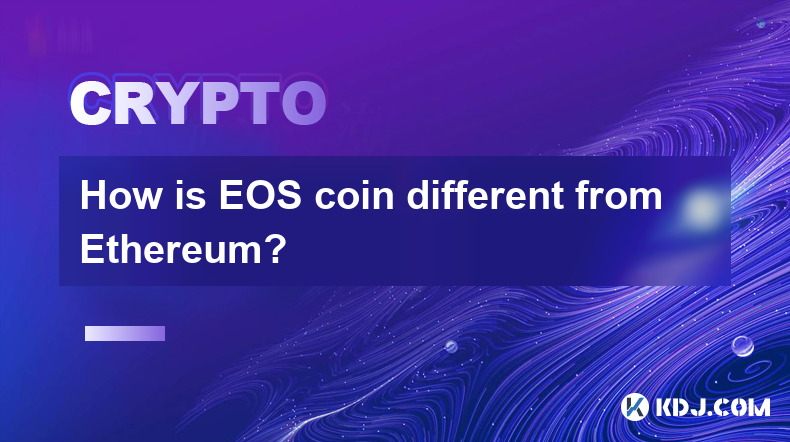
How is EOS coin different from Ethereum?
Feb 26,2025 at 10:48am
Key Points:Overview of EOS and EthereumDifferences in Consensus MechanismsAdvantages and Limitations of Each PlatformUse Cases and Target AudiencesComparison of Transaction Fees and ScalabilityCommunity Support and Development ActivityHow is EOS Coin Different from Ethereum?1. Overview of EOS and EthereumEOS and Ethereum are two of the most popular bloc...
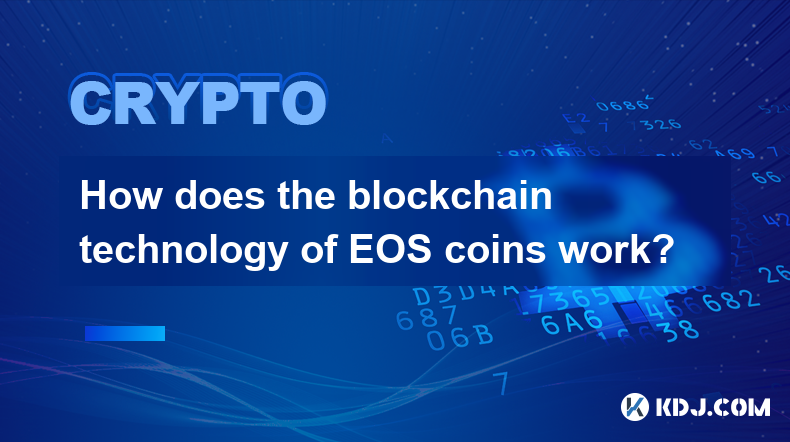
How does the blockchain technology of EOS coins work?
Feb 25,2025 at 11:13pm
Key PointsEOS is a blockchain platform that provides a high-throughput and scalable solution for decentralized applications.EOS uses a delegated proof-of-stake (DPoS) consensus mechanism to elect block producers and maintain the blockchain.EOSIO, the open-source software that powers EOS, offers a range of developer tools and features to facilitate the c...
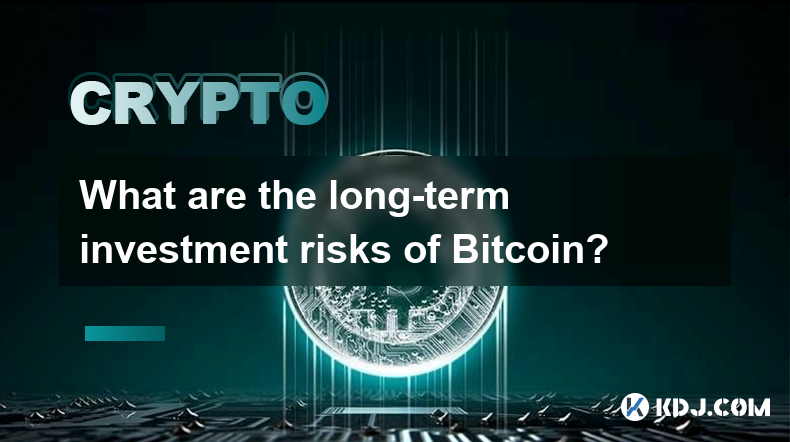
What are the long-term investment risks of Bitcoin?
Feb 22,2025 at 05:30pm
Key PointsVolatility and price fluctuationsRegulatory uncertaintySecurity risksCompetition from altcoinsMarket manipulation and scamsTransaction feesEnvironmental concernsLong-Term Investment Risks of BitcoinVolatility and Price FluctuationsBitcoin's high volatility is a double-edged sword. While it has the potential to generate substantial returns, it ...
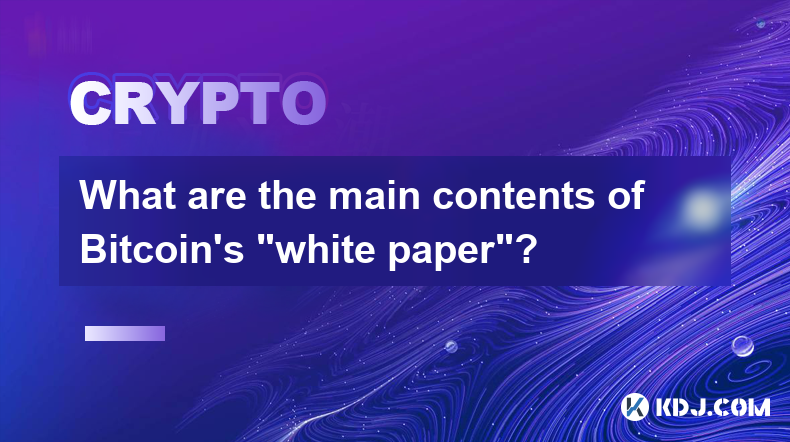
What are the main contents of Bitcoin's "white paper"?
Feb 21,2025 at 04:36am
Key Points:Understanding Bitcoin's Genesis: The White Paper's IntroductionA Decentralized Digital Currency: Bitcoin's Core ConceptBlockchain Technology: The Foundation of Bitcoin's Immutable LedgerProof-of-Work: Securing Bitcoin's NetworkThe Design of Bitcoin's Currency: Issuance, Scarcity, and DivisibilityBitcoin's Potential Applications and Future Pro...
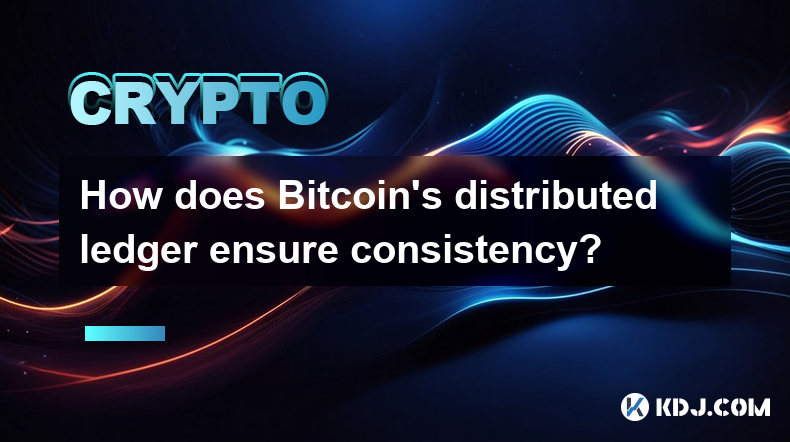
How does Bitcoin's distributed ledger ensure consistency?
Feb 22,2025 at 10:06pm
Key Points:Bitcoin employs a distributed ledger, also known as a blockchain, to maintain a tamper-proof and consistent record of transactions.The blockchain is a decentralized network of computers that collectively validate and store transaction data.Bitcoin's distributed ledger ensures consistency through consensus mechanisms and cryptographic algorith...

What is the consensus mechanism of EOS coins?
Feb 26,2025 at 11:19am
Key Points:EOSIO: The Foundation of EOS's Consensus MechanismDPOS: Delegated Proof-of-StakeBlock Producer ElectionsContinuous Block ProductionBlock Validation and IrreversibilityConsensus and Fork PreventionCommunity Governance and VotingWhat is the Consensus Mechanism of EOS Coins?EOS, an innovative blockchain platform, employs a unique consensus mecha...

How is EOS coin different from Ethereum?
Feb 26,2025 at 10:48am
Key Points:Overview of EOS and EthereumDifferences in Consensus MechanismsAdvantages and Limitations of Each PlatformUse Cases and Target AudiencesComparison of Transaction Fees and ScalabilityCommunity Support and Development ActivityHow is EOS Coin Different from Ethereum?1. Overview of EOS and EthereumEOS and Ethereum are two of the most popular bloc...

How does the blockchain technology of EOS coins work?
Feb 25,2025 at 11:13pm
Key PointsEOS is a blockchain platform that provides a high-throughput and scalable solution for decentralized applications.EOS uses a delegated proof-of-stake (DPoS) consensus mechanism to elect block producers and maintain the blockchain.EOSIO, the open-source software that powers EOS, offers a range of developer tools and features to facilitate the c...

What are the long-term investment risks of Bitcoin?
Feb 22,2025 at 05:30pm
Key PointsVolatility and price fluctuationsRegulatory uncertaintySecurity risksCompetition from altcoinsMarket manipulation and scamsTransaction feesEnvironmental concernsLong-Term Investment Risks of BitcoinVolatility and Price FluctuationsBitcoin's high volatility is a double-edged sword. While it has the potential to generate substantial returns, it ...

What are the main contents of Bitcoin's "white paper"?
Feb 21,2025 at 04:36am
Key Points:Understanding Bitcoin's Genesis: The White Paper's IntroductionA Decentralized Digital Currency: Bitcoin's Core ConceptBlockchain Technology: The Foundation of Bitcoin's Immutable LedgerProof-of-Work: Securing Bitcoin's NetworkThe Design of Bitcoin's Currency: Issuance, Scarcity, and DivisibilityBitcoin's Potential Applications and Future Pro...

How does Bitcoin's distributed ledger ensure consistency?
Feb 22,2025 at 10:06pm
Key Points:Bitcoin employs a distributed ledger, also known as a blockchain, to maintain a tamper-proof and consistent record of transactions.The blockchain is a decentralized network of computers that collectively validate and store transaction data.Bitcoin's distributed ledger ensures consistency through consensus mechanisms and cryptographic algorith...
See all articles
















































































